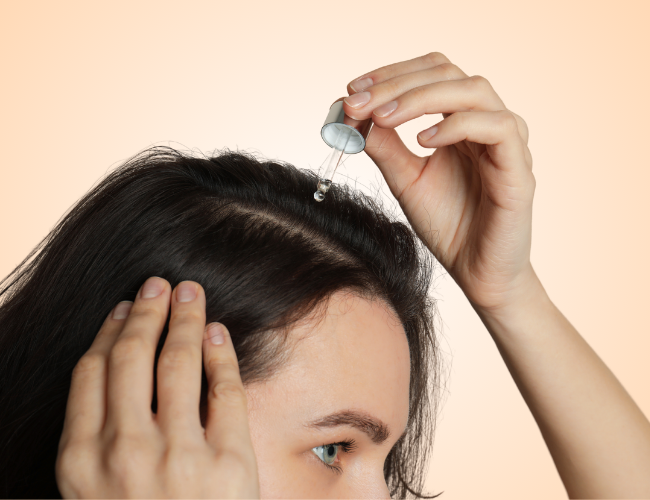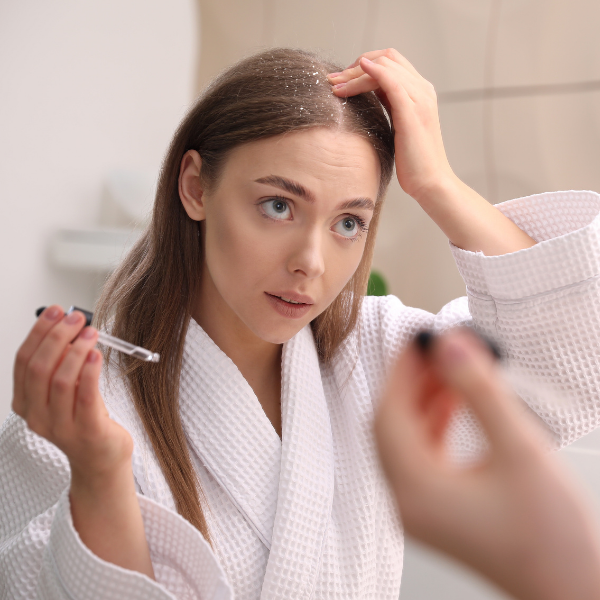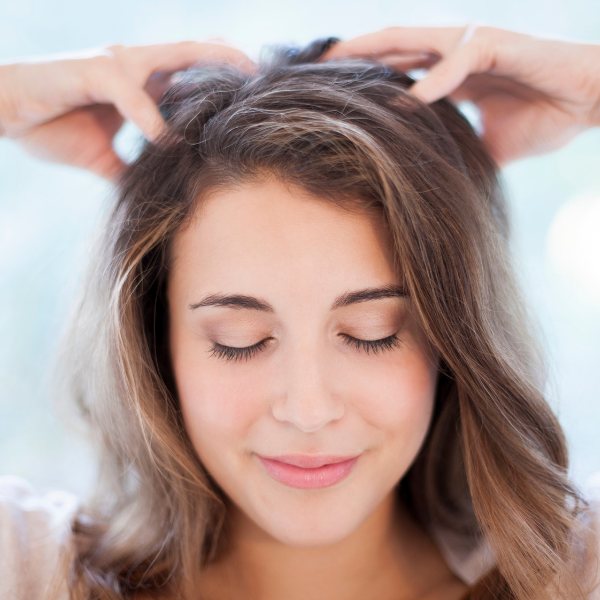
Scalp oiling, a practice deeply rooted in various cultural traditions, has gained popularity worldwide for its remarkable benefits. In this blog post, we delve into the essence of scalp oiling, its benefits, the proper technique, and some essential do’s and don’ts.
What is Scalp Oiling?
This is the process of applying natural oils to the hair and scalp. This age-old tradition, prevalent in many cultures, particularly in Asia, involves massaging oils into the scalp, hair roots, and lengths. The oils used can range from coconut to more exotic types like avocado or mint (our top pick is the Zenz Organic Mint Oil Treatment). The primary goal is to nourish both the scalp and hair.

What Are The Benefits?
The benefits are extensive:
1. Moisturization: Natural oils deeply moisturize the scalp and hair, preventing dryness and flakiness (The Biologi Rosehip Oil is a great choice for adding nourishment).
2. Strengthens Hair: Regular oiling can strengthen hair from the roots, reducing hair fall and breakage.
3. Promotes Hair Growth: Massaging the scalp with oil boosts blood circulation, promoting hair growth.
4. Prevents Dandruff: It can help control dandruff by keeping the scalp hydrated.
5. Adds Shine: Hair looks naturally shiny and healthy when regularly oiled.
6. Soothes the Scalp: It can calm scalp irritation and reduce inflammation.

How to Oil Your Scalp
Here’s a simple guide to effectively oil your scalp:
1. Choose the Right Oil: Pick an oil that suits your hair type. For example, coconut oil works well for most hair types, while jojoba oil (such as The Jojoba Company Australian Jojoba Oil) is ideal for oily scalp.
2. Warm the Oil: Slightly warm the oil for better absorption.
3. Part Your Hair: Divide your hair into sections and apply directly to the scalp using your fingertips or a cotton ball.
4. Massage Gently: Use your fingertips or a scalp brush to gently massage the oil into your scalp in circular motions. This stimulates blood flow.
5. Apply to Hair Lengths: Spread the oil along the length of your hair for overall nourishment.
6. Leave it On: Ideally, leave the oil in your hair for at least an hour or two for deep conditioning.
7. Wash Off: Use a mild shampoo to wash off the oil. You might need to shampoo twice to remove all oil residue.

Are There Any Do’s and Don’ts?
Do’s
– Regularly oil your hair, ideally 1-2 times a week. Consistency is key!
– Brush out all the knots before oiling.
– Warm the oil slightly for better penetration.
– Massage your scalp gently to avoid hair breakage.
Don’ts
– Don’t overuse oil, as it can attract dirt and cause buildup.
– Avoid hair oiling with dandruff, as it can make the issue worse
– Don’t leave the oil in your hair for too long, as it can lead to scalp issues.
– Don’t tie your hair too tight after, as it can lead to breakage.
In Summary
In conclusion, scalp oiling is a simple yet effective way to maintain healthy, lustrous hair. By incorporating this practice into your hair care routine, you can reap significant benefits and give your hair the attention it deserves. Remember to choose the right oils, use the correct techniques, and follow the do’s and don’ts for optimal results. Your hair is your crowning glory; nourish it well!
Shop more scalp care products from My Haircare & Beauty.
See Similar:
How To Treat An Oily Scalp
New Kevin.Murphy Scalp Spa – Detox Your Hair & Scalp
5 Best Hair Oils for Healthy Hair






